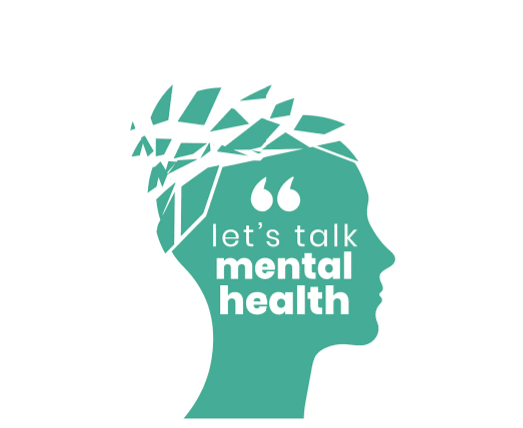Imagine a classroom filled with bright young faces, some smiling, some whispering to each other, and a few sitting quietly, lost in thought. At first glance, everything seems normal. But what if I told you that behind those calm faces, a silent struggle might be unfolding?
In every school, there’s an official curriculum, maths, science, literature, the subjects we expect students to master. But there’s also an unseen curriculum, one that shapes their everyday experiences in ways we rarely acknowledge. It’s the silent lessons taught by stress, the unspoken battles with anxiety, and the hidden weight of emotional struggles. We rarely talk about this part of education. Perhaps because mental health feels too delicate, too complex, or simply too uncomfortable to address in a classroom setting. But here’s the truth: just as we prepare students to solve equations and write essays, we must also prepare them to navigate the storms within their minds.
Mental health is not a side issue — it’s a foundation. A student battling anxiety cannot fully absorb a physics lesson. A teenager wrestling with depression will struggle to engage with a novel’s themes. Ignoring mental health doesn’t erase its impact; it only deepens the silence.
If education’s purpose is to shape well-rounded individuals ready for the future, then mental health education is not optional — it’s essential. And the time to make it a permanent fixture in our schools is now.
Mental health education involves teaching students about emotional well-being, stress management, self-awareness, empathy, and how to seek help when they need it. It’s about breaking the stigma and normalising conversations around mental health — making it as important as physical health.
Students are not immune to mental health struggles. Many people still believe that childhood and teenage years are carefree, but research shows otherwise. According to the World Health Organization, one in seven adolescents aged 10–19 experiences a mental health condition globally. Depression, anxiety, and behavioural disorders are among the leading causes of illness and disability in young people. Ignoring mental health doesn’t make it disappear — it only pushes students deeper into isolation. Therefore, schools must step in, not as therapists, but as safe spaces that equip students with the tools to manage their emotions.
There’s a direct link between mental health and academic success. A student dealing with untreated anxiety or depression will likely struggle to focus, complete assignments, or engage in class. When mental health education becomes part of the curriculum, students learn how to manage stress, ask for help, and balance schoolwork with self-care. The result? A healthier mind — and better academic outcomes.
The earlier mental health challenges are identified, the easier they are to manage. Schools are uniquely positioned to notice warning signs — sudden withdrawal, drastic changes in behaviour, or consistent mood swings.
In addition, teachers are the backbone of mental health education. With proper training, teachers can recognise these red flags and guide students to the right support systems. This early intervention can prevent small struggles from growing into a full-blown crises. Mental health topics can be introduced through life skills classes, health education, or even during regular class discussions. Lessons can cover stress management techniques, how to handle failure, and the importance of self-care. On the other hand, teachers don’t need to be counsellors, but they should be equipped with basic mental health knowledge. Training teachers to identify signs of distress, listen without judgment, and direct students to the right resources can make a world of difference.
Schools can also set up mental health clubs or peer support groups where students feel free to share their struggles without fear of stigma. In addition to mental health clubs, every school should have at least one trained counsellor or psychologist. Students need someone they can turn to, someone who listens and guides them through tough times.
When schools normalise mental health education, the impact stretches far beyond the school gates. Students take these lessons home, helping families better understand mental health. They grow into emotionally intelligent adults, contributing to a society where empathy and support replace stigma and silence. The question is no longer “Should schools adopt mental health education?” — the question is, “How soon can we make it happen?” Because every student deserves to feel seen. Every young mind deserves a chance to flourish, both academically and emotionally. And every school has the power to build not just intelligent minds but resilient hearts.














